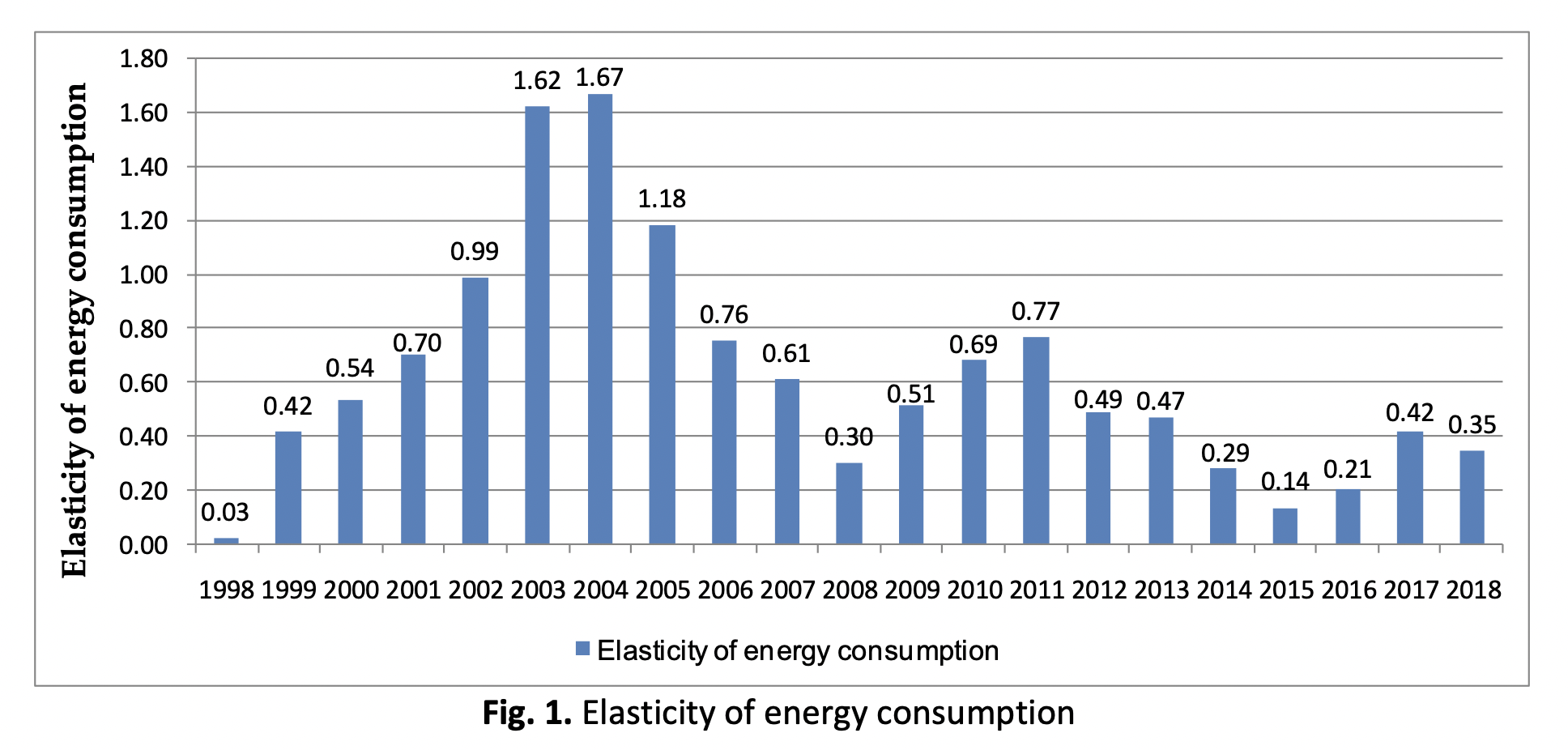Relationship Between Energy Consumption and Industrial Output-Based on GMM Model of Dynamic Panel Data in China
DOI:
https://doi.org/10.37934/araset.29.1.177187Keywords:
Dynamic Panel Data, GMM Model, Energy Consumption, Industrial OutputAbstract
At present, China is in the historical intersection period of the "two centenary" goals. The realization of the "carbon neutral" goal has brought new opportunities for the development of China's energy sector. Based on the GMM estimation method of the dynamic panel model, this paper studies the relationship between energy consumption and industrial output by using China's provincial data from the years 2008 to 2018. The results show that the impact of coal consumption on industrial output tends to be declining during the sample period. However, compared with other energy consumption, it still dominates a larger proportion. Oil consumption has a negative impact on industrial output with the arrival of a production bottleneck period and the improvement of technology level. As a secondary energy, electricity consumption has an important impact on the industrial output, which is the main energy variable and is significantly positive. Other energy consumption variables have significant positive effects on industrial output. In this paper, we obtain countermeasures and suggestions on energy, such as giving full play to the decisive role of the market, improving the innovation environment in the field of energy, speed up the transformation of new and old kinetic energy.Downloads
Download data is not yet available.

Downloads
Published
2022-12-28
Issue
Section
Articles



























